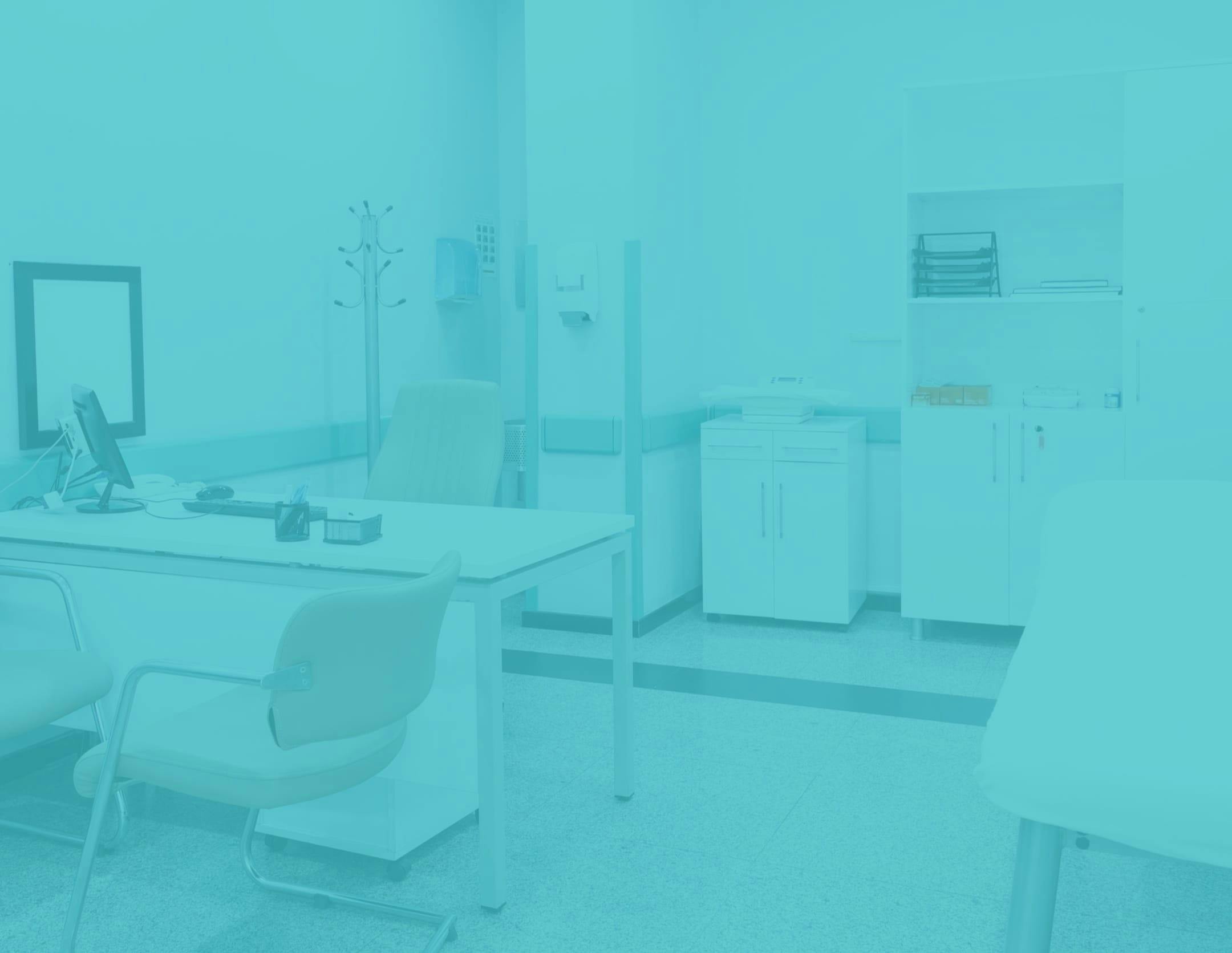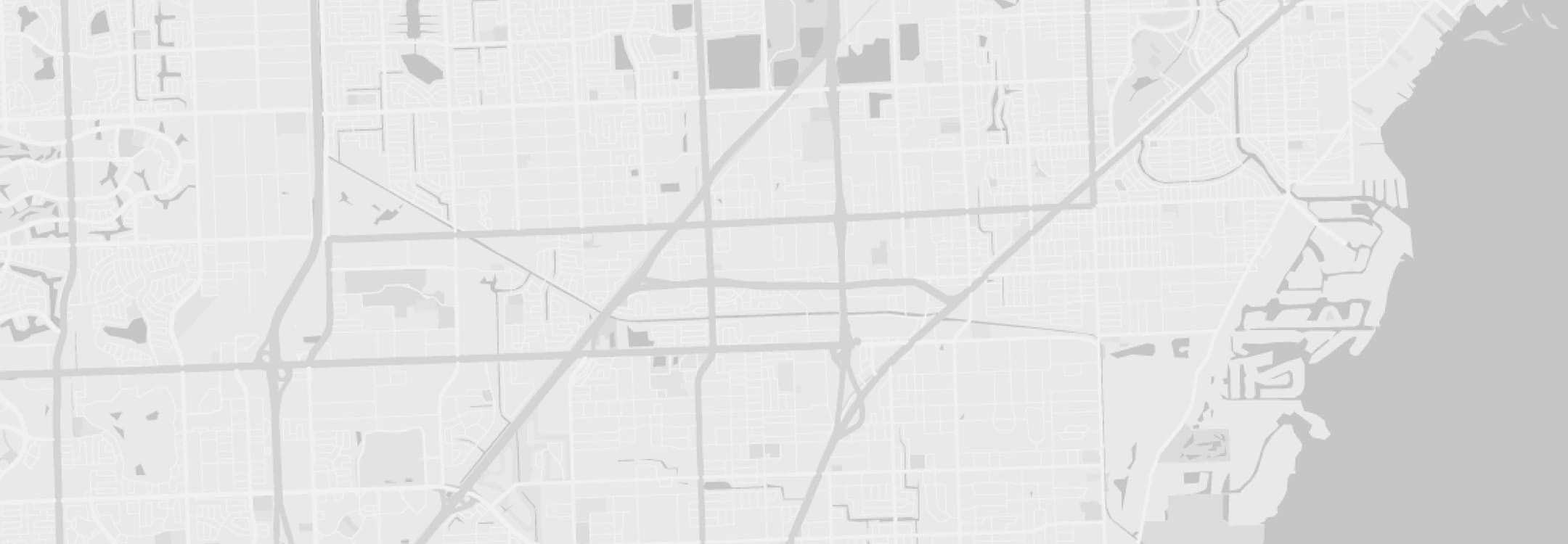Nasal turbinates are small structures inside the nasal cavity. Turbinate hypertrophy is characterized by the abnormal enlargement of the turbinates, which prevents them from cleaning and humidifying the air before reaching the lungs.
The Anatomy of the Inferior Turbinate
The inferior turbinate is an elongated structure inside the nose. It’s about the size of an adult index finger and is composed of an inner floating bone wrapped with a mucosal lining. Both the bone and the lining affect the turbinate’s size and shape. The primary function of the inferior turbinate is to humidify the air as it passes through the nose, although it helps to heat and filter the air as well.
As such, it plays a critical role in ensuring optimal nasal breathing. There is an inferior turbinate on each side of the nose, resting against the nasal passageway and running parallel to the septum. There is also a superior and middle turbinate, though the inferior structures are the most intimately involved with normal nasal breathing. As such, they are the turbinates that are most commonly addressed during this procedure.










